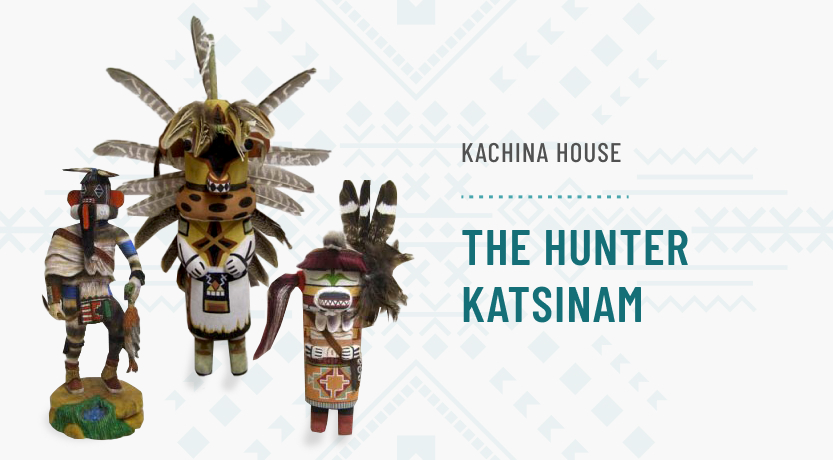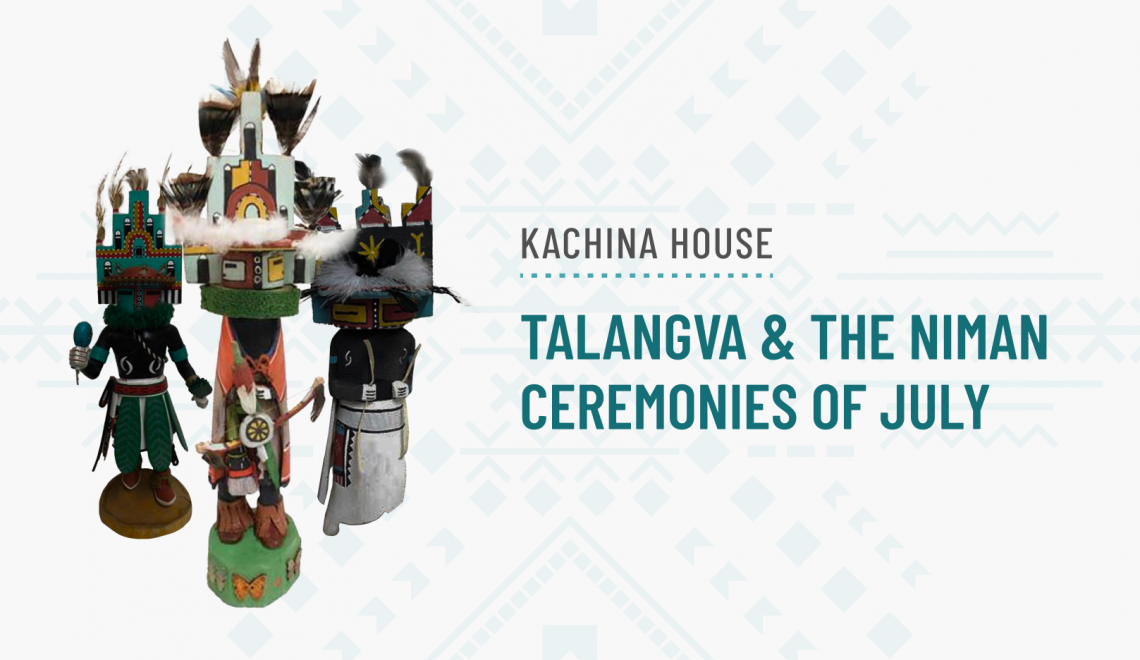
When most people picture Native American tribes from years ago, they often envision tribal members in leather-fringed clothing riding horses bareback. However, horses were not always a part of Native American culture.
Though horses date back centuries in in Native American culture, it wasn’t until after the Spanish brought horses from Europe that they revolutionized the Native American culture and way of life.
Origin of Horses in Native American Culture
Due to climate changes, North American horses died out nearly 10,000 years ago, becoming a species only remembered in petroglyphs and pictographs on this continent. Fast-forward to the 16th and 17th centuries and the arrival of the Spanish to North America. The Conquistadors brought horses with them when they arrived at this new continent. Settlers introduced these animals to area Native Americans, teaching the Native Americans how to ride and tame them.
How Life Forever Changed
The overall culture, along with everyday life, changed forever when horses entered the lives of Native Americans; they became more active because horses allowed them to be mobile and cover more ground, making hunting a focus of their lives. Horses were also incorporated into trading, quickly becoming prized possessions in Native American culture and used as a bargaining tool.
Symbolism of Horse in Culture
Viewed as “spiritual or mythical figures,” horses were highly regarded in the Native American culture. These enchanting creatures became a symbol of freedom and also came to represent the history of the Native American culture. Horses also became a symbol of wealth for tribes, which led to enemies targeting horses for capture.
Kachina House has a variety of Zuni carved horse fetishes available for purchase. These beautiful animals are a symbol not only of Native American culture, but the bond between the animal and mankind as well as a symbol for the wild side of the American West.
Visit the Kachina House website to see all of our Native American arts and crafts.





You might be interested in this article that describes how tribes had horses before the settlers arrived. The narrative of the horses going extinct was perpetuated by colonizers in their attempts to extinguish natives. https://www.yesmagazine.org/environment/2020/04/27/native-horses-indigenous-history
Tenaya. Thank you so much for sharing this with us. Kachina House will incorporate this information in the information we send out as we go forward. I always wondered why the narrative had ponies only after the Spaniards arrival when the pictographs have horses well before that time. Thank you again. Patty
Appreciate your additional input; we welcome such add=ons.